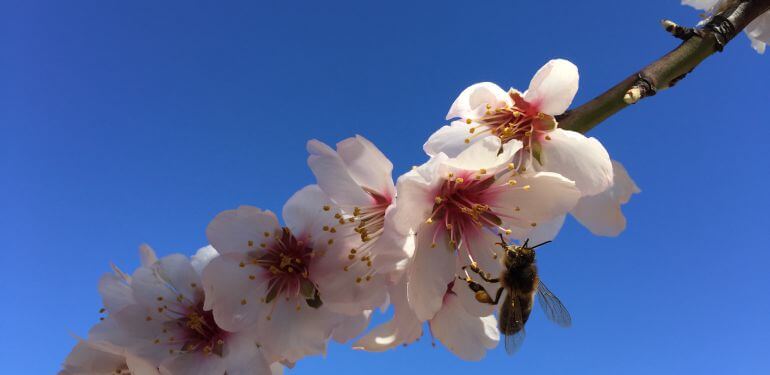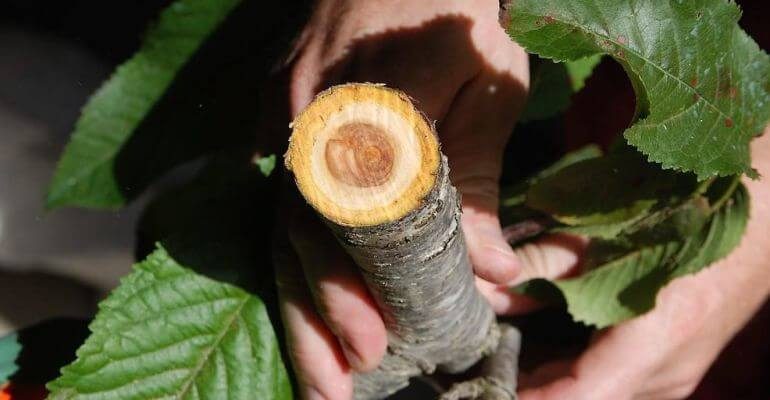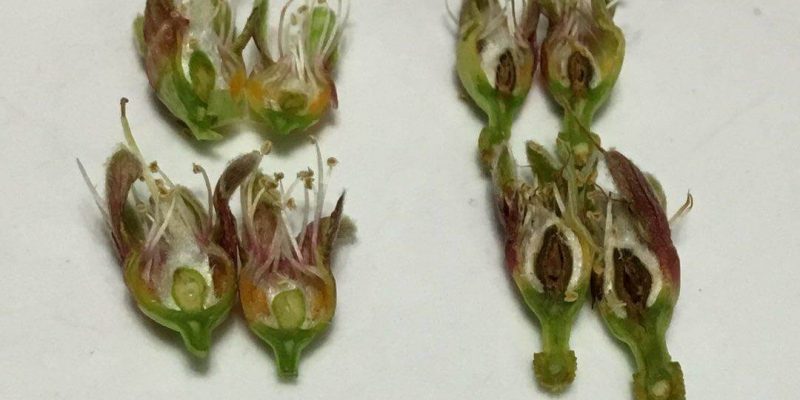With the spring coming the almond trees flowering starts, a spectacle of the nature where the almond trees show their colorful and aromatic flowers to attract the attention from the insects, which get feed with the nectar of their flowers and at the same time they make the pollination.
But, which really consists the pollination process in? Basically it consists on transporting the pollen from the stamens to the stigmas, where it germinates and finished fertilizing the ovules of the flowers which afterwards the almonds appear. The pollen transport is produced mainly through the insects, being the bees the most common within the pollination vectors.
In the almond tree, the pollination is a very important process; a correct pollination process is traduced to a remarkable increase in the production, even reaching levels from 25% to 30% of increases. This doesn’t affect only to trees which are not self-fertile, it must also be had into account for new varieties if want to improve its efficiency.
Because of that, there are some elements which are essential in order to establish a correct plantation; between them we can find the design, the hive positions and the election of self-fertile varieties.




